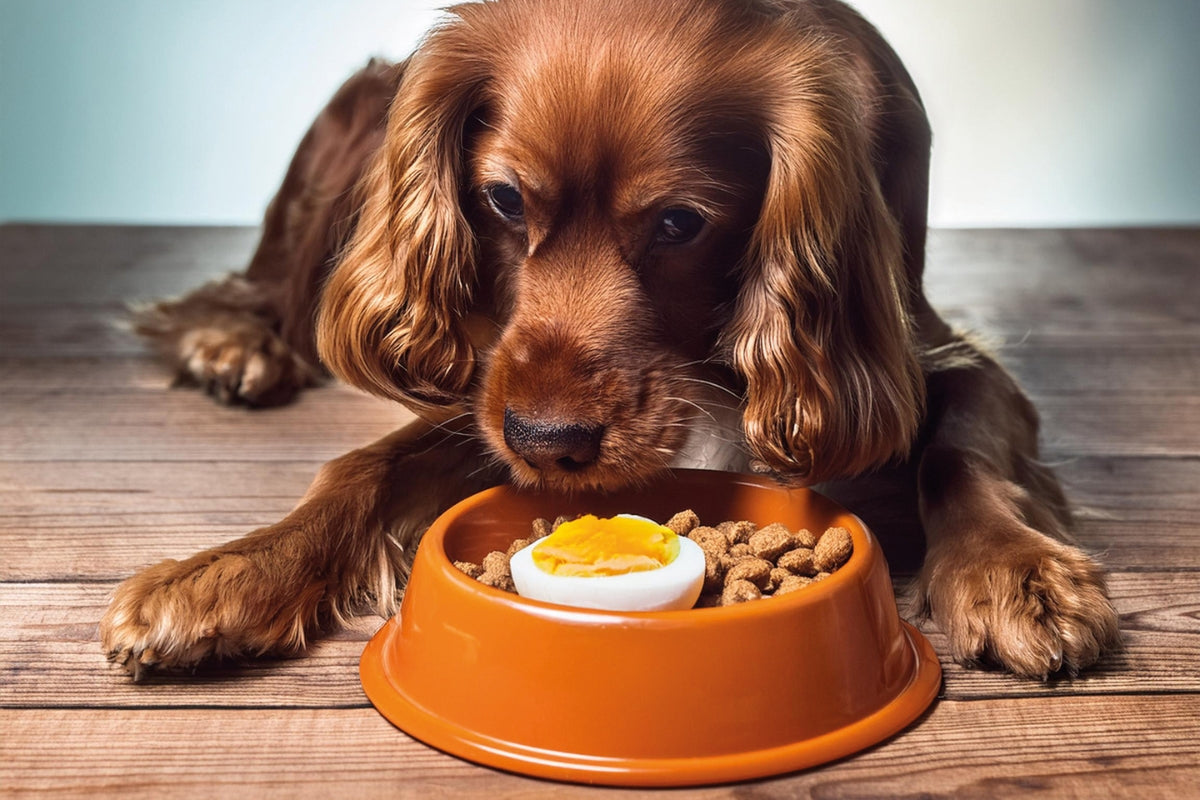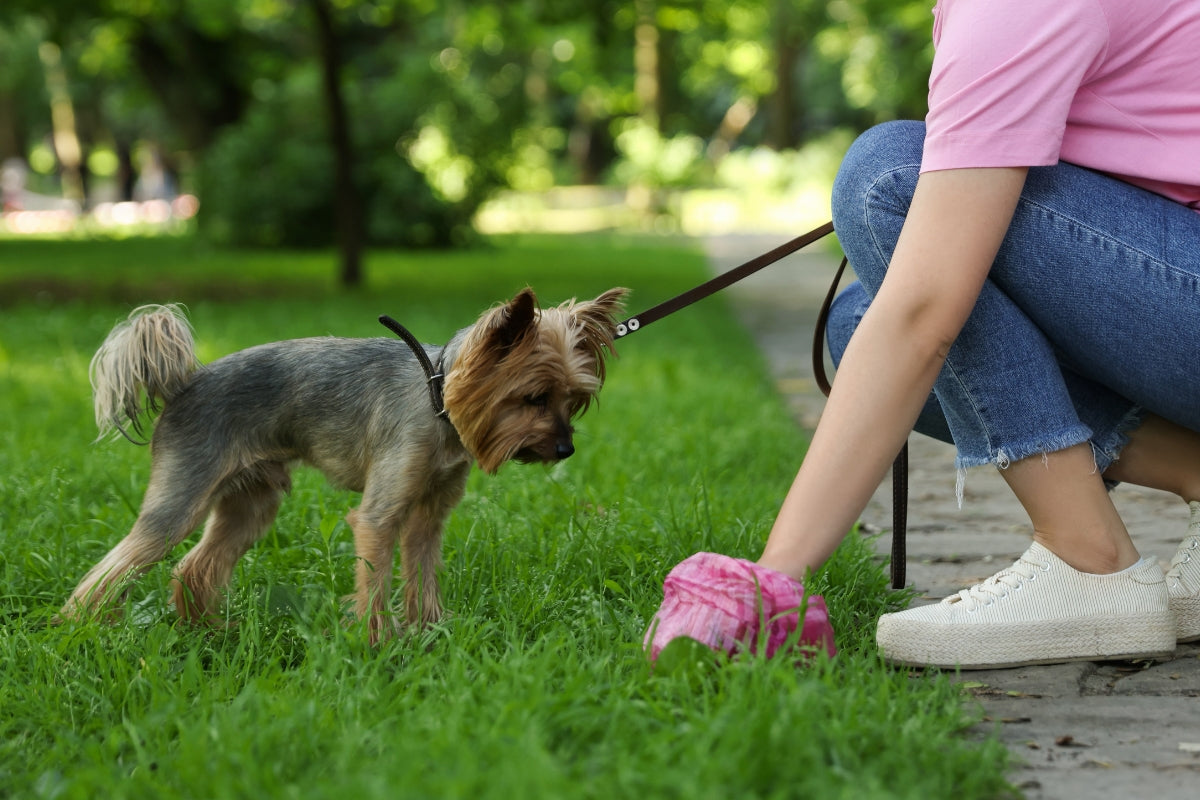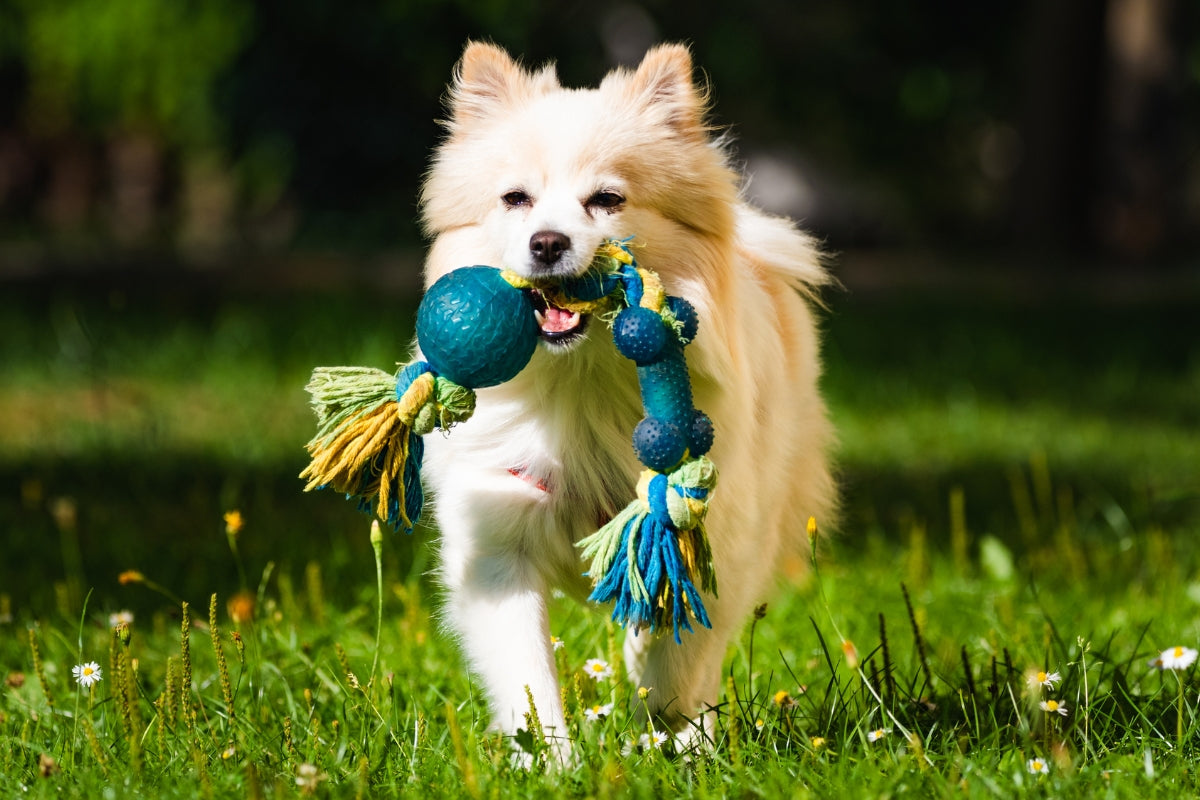Is your pooch looking a bit skinny? Helping them reach a healthy weight is important for their well-being. Whether your dog is a picky eater or needs to gain weight due to health reasons, here are some easy ways to do it safely.
Why Is Your Dog Underweight?
Dogs can be underweight for various reasons like illness, stress or simply insufficient diet. If your dog is losing weight, it’s a good idea to visit the vet to rule out any health issues and get advice on how to help them gain weight.
Simple Tips for Healthy Weight Gain
Helping your dog gain weight involves making some changes to their diet and feeding routine. Here are simple tips to help your dog reach a healthy weight:
Choose the Right Dog Food
A high-quality dog food that’s rich in protein and calories, ensures your dog gets the right nutrients for healthy weight gain. Look for foods with high meat content and avoid foods with fillers and nasties (read in this blog post which ingredients to steer clear of). MyPetSays Superfood 65 dog food is an excellent choice because it’s high in protein, calorie-dense and contains all the essential nutrients your dog needs to reach a healthy weight. Last but not least, the recipes are extremely tasty, encouraging your pooch to lick the bowl!
Pro Tip: Check analytical constituents to see how much protein and energy your dog will get from a specific food.
Add Protein-Rich Foods
Protein helps build muscle and adds extra calories. Include foods like lean meats (chicken, turkey, beef, lamb), eggs or fish in your dog’s meals. Eggs are particularly good because they’re packed with protein and other essential nutrients. If you're unsure about how to prepare eggs for your dog or how frequently to include them in their diet, consider reading a detailed guide on this topic.
Feed Small, Frequent Meals
Instead of two big meals, try feeding your dog small meals throughout the day - about three to four times. This can help dogs with fast metabolisms or those who aren’t big eaters to consume more calories.
Use Tasty Treats
If your dog is picky, try adding a bit of something tasty to their food, like natural peanut butter (all-natural, unsalted that is only made of peanuts) spoonful of wet dog food or a cheese (low-fat, low-sodium cheeses like mozzarella or cottage cheese). This can stimulate their appetite and encourage them to eat more.
Healthy Fats are Helpful
Adding a bit of healthy fat to your dog’s diet can also boost their calorie intake. You can use a small amount of organic coconut oil or fish oil. These fats are good for their coat and skin too.
Ideal Weight and Healthy Mass
A healthy weight range varies depending on the breed, age and size of your dog. Here are some examples of ideal weight ranges for different sizes and breeds:
Small Breeds
Chihuahua: 0.9-2.7 kg
Pomeranian: 1.4-3.2 kg
Cockapoo: 5.4 – 11 kg
Medium Breeds
Cocker Spaniel: 9-13.6 kg
Beagle: 9-13.6 kg
Border Collie: 12–20 kg
Large Breeds
Labrador Retriever: 25-36 kg
German Shepherd: 23-41 kg
Golden Retriever: 25-34 kg
Giant Breeds
Great Dane: 50-79 kg
Mastiff: 54-104 kg
Saint Bernard: 54-82 kg
When to Get Vet Help?
If your dog keeps losing weight despite diet changes or shows signs of illness like vomiting or lethargy, contact your vet immediately. These could be symptoms of a more serious issue that needs medical attention.
With the right food choices and feeding schedule, you can ensure your dog reaches a healthy weight and muscle mass. Always prioritise their health and well-being by following your veterinarian's advice.




Leave a comment
This site is protected by hCaptcha and the hCaptcha Privacy Policy and Terms of Service apply.